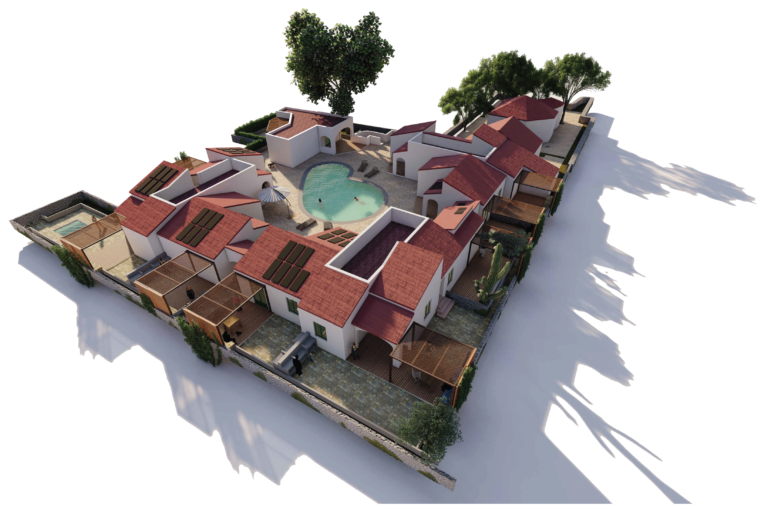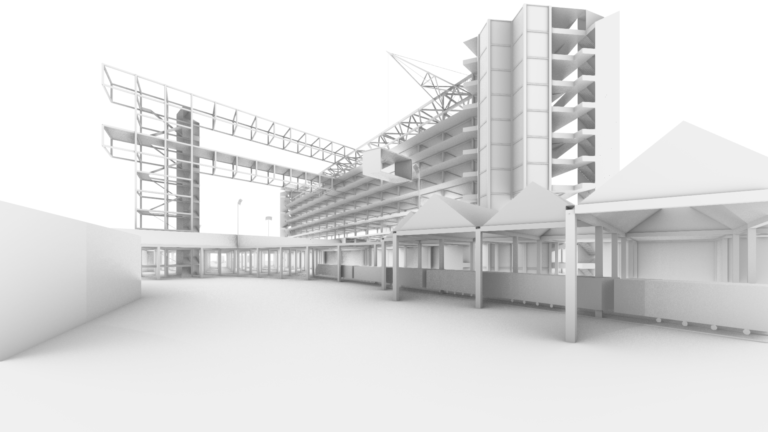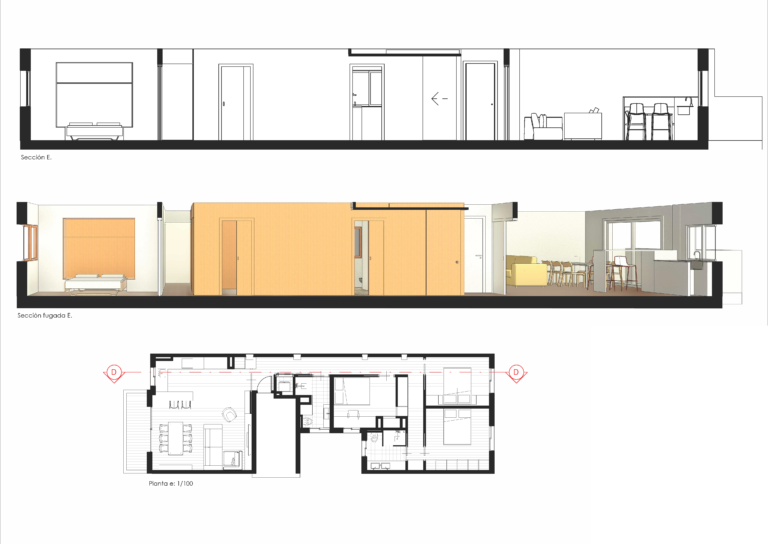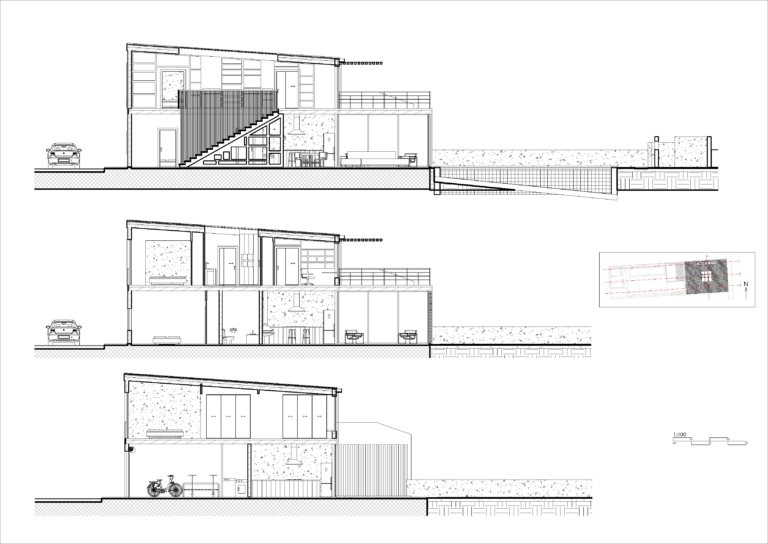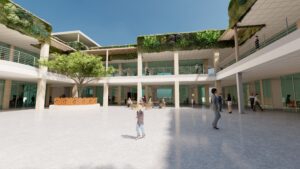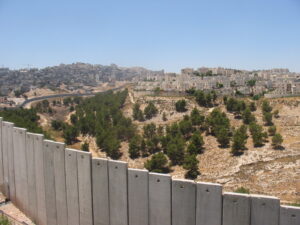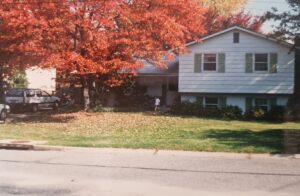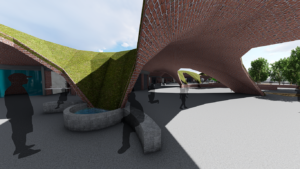
When we are uprooted—by exile, by necessity, by the slow drift of history—we lose not only the ease of immediate sustenance but also the certainty of place. The hunter-gatherer, displaced, becomes a builder; hunger, cold, and heat sculpt our need for shelter, as Philippe Rahm states. But architecture is more than a response to climate’s hostility—it is the act of weaving a lost paradise back into the world, a fragile attempt to hold warmth, memory, and belonging between walls. It is not just the recreation of Eden’s eternal spring, it is the instinct to create a shared space, to gather, to be human together. In every built form, there is both refuge and ritual, survival and story...

“The role of the architect is to make the visible forces of the world intelligible.”
Eladio Dieste
Designing spaces that respect context and promote sustainability.

Aerial Perspectives.
In architecture, every detail matters—and so does the way we perceive it. Drone videography allows us to see the broader context, showcasing how designs interact with their surroundings from angles rarely experienced. From breathtaking aerial views of natural landscapes to dynamic shots of built environments, these videos provide a unique narrative of space, scale, and purpose.
Thoughts.
In the heart of Sant Lluís, the unfinished structure of Sa Tanca still stands, an abandoned shopping center — a place marked by silence, yet full of untapped potential.
In the summer of 2008, I traveled to Palestine as part of an international delegation organized by several Spanish platforms. Our destination was Anata, a town east of Jerusalem in the West Bank, near an Israeli military base.
A private garden, a pristine lawn, a house identical to the neighbor’s. The promise of freedom framed by a white picket fence. The domestic utopia that grew between highways and shopping malls. The Suburbia exhibition at CCCB guides us through that diffuse territory, somewhere between dream and nightmare, where comfort blends with loneliness, and the promise of well-being becomes a disturbing mirror.
Markets have always been at the heart of communities—places where economic, social, and cultural exchanges converge. Despite the rise of globalized commerce and online retail, physical markets remain vital, particularly in informal economies where they provide affordable space for traders and access to essential goods for residents.
Philippe Rahm’s Histoire Naturelle de l’Architecture presents an ambitious and sweeping argument: that architecture is fundamentally a biological and climatic response, shaped by thermodynamics rather than cultural, political, or symbolic intentions.
Contact Us.
Better yet, see us in person!
Do you have any projects in mind?, lets make spaces that matter.
AsR-arquitecto:
+34 651 644 233


